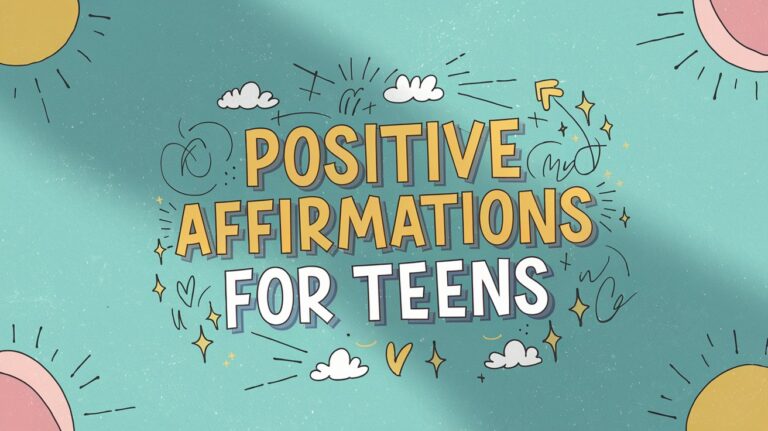Stop struggling with those slippery sounds! S tongue twisters tie up even the most confident speakers, and let’s be honest, they’re ridiculously hard to master.
These sneaky speech challenges aren’t just silly games. You can use s tongue twisters to sharpen your pronunciation, boost your confidence, and maybe even impress your friends at parties.
Whether you’re a public speaker, actor, or just someone who wants clearer speech, these twisted sentences will push your tongue to new limits.
Understanding the Significance of the ‘S’ Sound in Speech Therapy
The ‘S’ sound is a crucial part of clear speech, and it’s often a focus in speech therapy because many people have trouble saying it correctly.
This sound is produced by placing the tip of the tongue near the roof of the mouth, just behind the upper teeth, and letting air flow through the small space.
Common challenges with the ‘S’ sound include lisps, where the sound comes out more like a “th,” or distorting the sound altogether.
Practicing the ‘S’ sound helps improve clarity in communication, making it easier for others to understand what you’re saying. Speech therapy exercises can target this sound at different levels, from individual letters to complete sentences, helping people produce the ‘S’ sound more accurately.
Why Tongue Twisters Work for Speech Practice
Tongue twisters are great for speech practice because they help improve pronunciation, clarity, and speed. They challenge the muscles used in speaking by making you repeat tricky combinations of sounds quickly.
As you practice, tongue twisters help you become more aware of how to position your tongue and move your mouth for clearer speech.
They also teach you to control your breathing and speaking speed, which is vital for clear communication.
By repeating them regularly, you can strengthen your ability to pronounce complex sounds, like the ‘S’ sound, more accurately.
S Tongue Twisters for Better Pronunciation

These tongue twisters progress in difficulty, starting with basic and slow-paced exercises and advancing to more challenging ones that require precision and speed.
Basic Tongue Twisters for Beginners
These easy S sound tongue twisters are ideal for beginners seeking to improve their pronunciation. By starting slowly and focusing on clear articulation, you can build a strong foundation for mastering the ‘S’ sound without distortion.
-
“Six slippery snails slid silently south.”
-
“Seven silly snakes slither silently.”
-
“Six small squirrels scampered swiftly.”
-
“Sally sells seashells by the shore.”
-
“Some silly snakes silently slide south.”
-
“Seven slippery snakes slid silently.”
-
“Silly Sally swiftly sews several scarves.”
-
“Seven swift swans swam southward.”
-
“Silly Sam swiftly skips seven stones.”
-
“Six seals slid silently south.”
Intermediate-Level S Tongue Twisters
These tongue twisters are designed to push your skills further by blending speed with clarity. They challenge you to maintain precision while speaking faster, helping you improve both articulation and fluency.
-
“She sells seashells by the seashore.”
-
“Sally swiftly sweeps the silver sea sand.”
-
“Six strong swans swam swiftly southward.”
-
“Seven slippery snails slithered silently in the sand.”
-
“Some sleek swans swiftly swam southward.”
-
“Silly snakes swiftly slithered along the sandy shore.”
-
“Susan’s sweet strawberries sizzled in the sun.”
-
“Six small sleet-covered snails slid silently south.”
-
“Seven slippery slithering snakes slinked south.”
-
“Sandy saw seven shiny seashells.”
Advanced S Tongue Twisters
Advanced S sound tongue twisters push your speed and accuracy, helping you master the ‘S’ sound in more complex phrases.
These tongue twisters challenge both pronunciation and fluency, requiring careful attention to detail and consistent practice to achieve clarity at higher speeds.
-
“Six sleek swans swam swiftly southward.”
-
“Some spicy sausages sizzled, snapped, and squirted.”
-
“Seven slippery snakes swiftly slithered southward.”
-
“Six slippery snails slowly slid south, silently.”
-
“Some small swans swam swiftly southward.”
-
“Shiny, sharp seashells scattered silently on the sand.”
-
“Six slippery swans swiftly swim southward.”
-
“Sixteen sleek silver swans swiftly swam south.”
-
“Some slippery snails silently slid across the sand.”
-
“She swiftly sewed seven shiny scarves.”
-
“Sandy swiftly swept seven shiny seashells southward.”
Practical Exercises to Practice the ‘S’ Sound
Practicing the ‘S’ sound at different levels of complexity helps improve clarity and accuracy. Exercises can start with basic sound isolation and gradually move to more advanced word and sentence-level practice.
Using visual and auditory feedback ensures proper articulation and supports steady progress.
Isolation Level Exercises
Start by saying the ‘S’ sound on its own to focus on producing it clearly without distortion.
How to do it:
- Take a deep breath and say “Sssss” slowly.
- Focus on the tongue’s position just behind your upper teeth.
- Repeat the sound several times, ensuring it’s clean and crisp without any “shh” sound.
Syllable-Level Practice
Break words with the ‘S’ sound into syllables (e.g., “sa,” “si,” “so”) to practice the sound in smaller chunks.
How to do it:
- Start by saying the syllable slowly: “sa”, “si”, or “so”.
- Focus on producing a sharp ‘S’ sound at the beginning of each syllable.
- Repeat each syllable multiple times, gradually increasing speed as you feel more comfortable.
Word-Level Exercises
Practice the ‘S’ sound by saying words that emphasize it in different positions (beginning, middle, and end) like “see,” “sun,” or “snake.”
How to do it:
- Begin by slowly saying words that start with the ‘S’ sound, like “see.”
- Then practice words with the ‘S’ sound in the middle, like “sun.”
- Finish by saying words with ‘S’ at the end, like “snake,” making sure to maintain clarity in each position.
Sentence-Level Practice
Create sentences that heavily use the ‘S’ sound and gradually increase your speed while maintaining clarity.
How to do it:
- Start with simple sentences like “She sells seashells by the seashore.”
- Say the sentence slowly and clearly, focusing on each ‘S’ sound.
- Gradually increase speed while keeping the sounds crisp and distinct.
Visual and Auditory Feedback
Use mirrors to check your mouth position, and recording yourself helps catch any mistakes you may not notice in real time.
How to do it:
- Stand in front of a mirror and observe the position of your tongue and lips as you say the ‘S’ sound.
- Record yourself saying ‘S’ words and sentences, then listen back to identify areas for improvement.
- Adjust your pronunciation based on what you see and hear, and continue practicing until it feels more natural.
Bottom Line
Practicing the S tongue twisters is a fun and effective way to improve your pronunciation and clarity.
No matter if you’re starting or working to perfect your speech, these tongue twisters help build muscle memory, control, and speed. With regular practice, you’ll notice significant improvement in producing the ‘S’ sound more clearly.
So, keep challenging yourself and have fun with it!
Do you have any favorite tongue twisters or tips that worked for you? Drop a comment below.


















